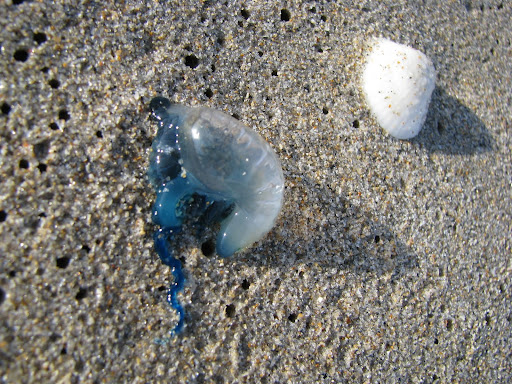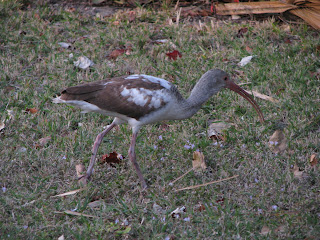Entrance Fee: $5/adult, max $10/family. Open seasonally.
While we were at Devil's Tower, I picked up a pamphlet about the Vore Buffalo Jump. Even though we were unsure if it would be open, since stopping required only a minor detour, we decided to check it out. While it wasn't officially open, we arrived on a work day where they were preparing the site for opening, and got a personal tour by Ed Vore, whose father had previously owned the land before the archeological site was found. After the site was found, Ed's father donated the land, and it is now owned by a non-profit organization. The tour was great, and the site quite amazing.
The Vore Buffalo Jump is a sinkhole that was used as a Buffalo Jump by several of the Native American tribes in the area. It is unlike other Buffalo Jumps, which were cliffs. Because of its unique geology, the bones from the Bison that died in the jump were preserved very well. After each season mud covered the bones, allowing them to be preserved.
In the summer, the area continues to be an active archeological site, while still allowing visitors to view the site. Ed is working on building more educational buildings to provide visitors with a more complete experience that includes the history of how the jump was used. It was quite impressive, and well worth the side trip off the interstate.













































